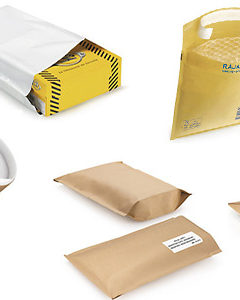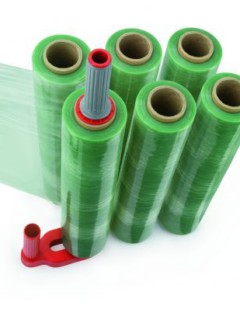Do you know what etiquette has to do with etiquette, or the rules of social behavior? Both come from the French estiquier, which means to affix: originally, small warning signs were affixed at Spanish court ceremonies regarding the proceedings and recommended attire. This then gave rise not only to rules of conduct, but also to the name of today’s term “etiquettes”, which are also known as “labels”. Labels provide information on the contents, address, expiry date or even instructions for use or transport recommendations. They are able to promote the brand and thus carry an advertising message.
Labels as a means of information and advertising
The Sumerians and Egyptians created the first kind of label as early as 6 000 BC: they used a roller seal to describe the amphorae to indicate what was inside. The label was revolutionised by the invention of the printing press in 1451. Johann Gutenberg’s invention thus opened the way for professional reproduction of documents and flexible editing. In 1978, the invention of lithography meant that a graphic element could also be added to the label: not only the text part but also images could be reproduced.
Thanks to the possibility of individual design, the label then became an advertising item. In the 20th century, this development was further refined when Stanton Avery introduced self-adhesive labels. Thanks to the rubber adhesive, the label could be peeled off and re-adhered.
Variety of labels as the key to success
Of course, modern label variants can do much more than this: on so-called radio-frequency identification (RFID) labels, a transponder stores information that can be read and changed without contact. Note: The iLAB RFID laboratory is also located at the Technical University of Ostrava. So-called system indicator labels (TTI: time-temperature-indicators) warn foods sensitive to temperature fluctuations of the possibility of spoilage. And labels with a sealing function expose thieves because they are irreversibly destroyed when the labelled packaging is opened for the first time. Between you and me – even ordinary adhesive labels, such as RAJALABEL laser printer labels, already fulfil this function when individually printed.
The success of the labels lies in the variety of its use. For everyday labelling at work, mobile label and label printers such as the DYMO printer offer the ideal solution. In addition, due to thermal printing, their operation is not dependent on toner or ink and they can be controlled directly from a computer: for powerful and time-saving labelling anywhere, anytime.














